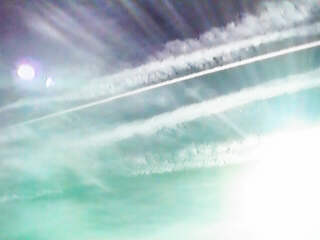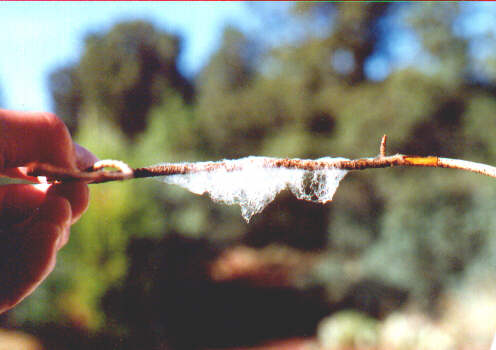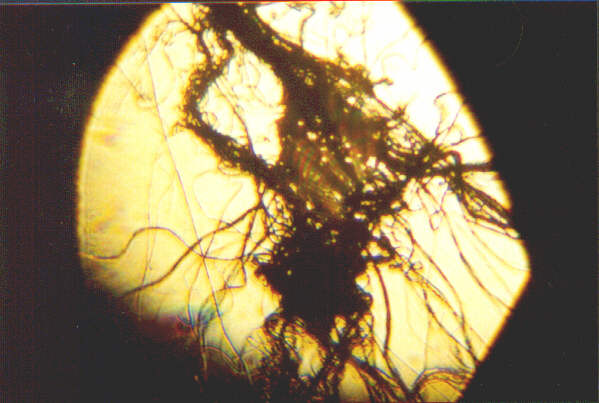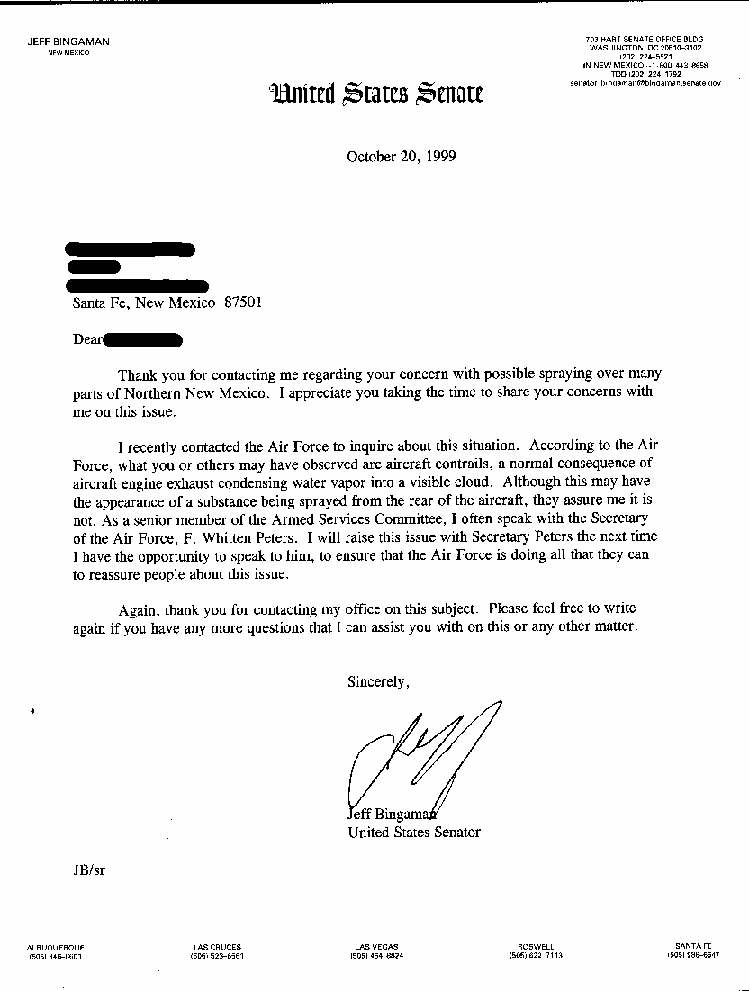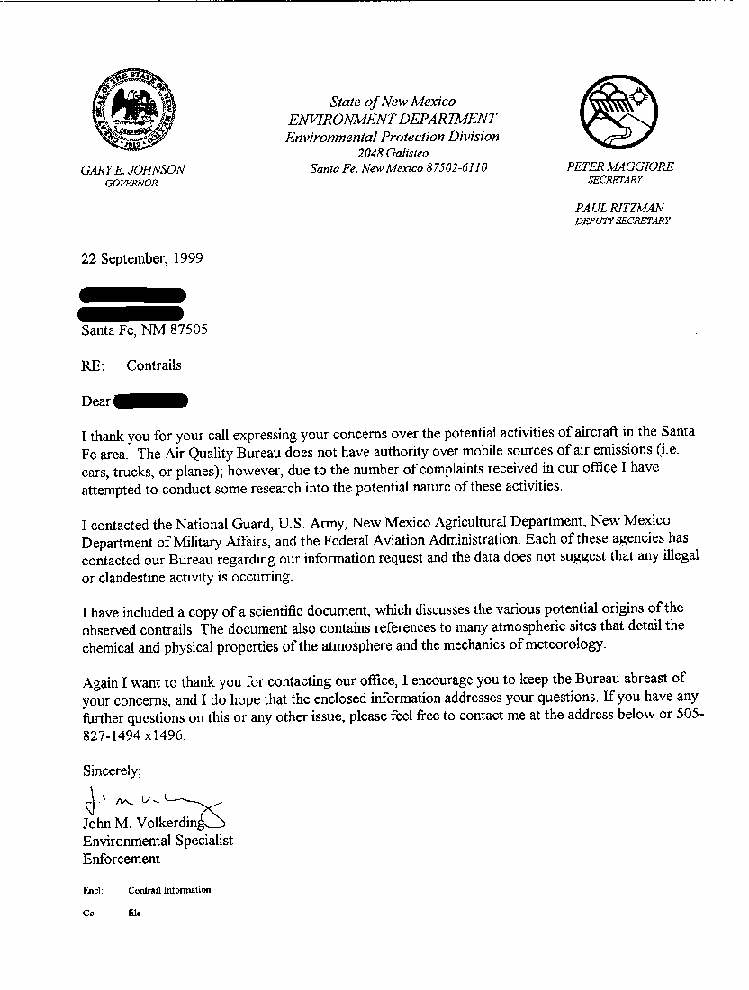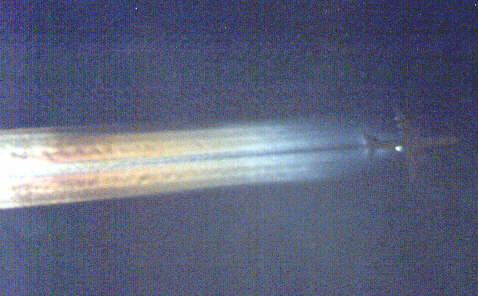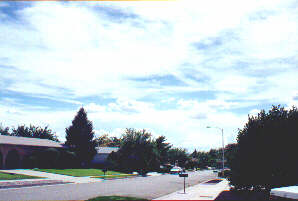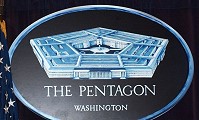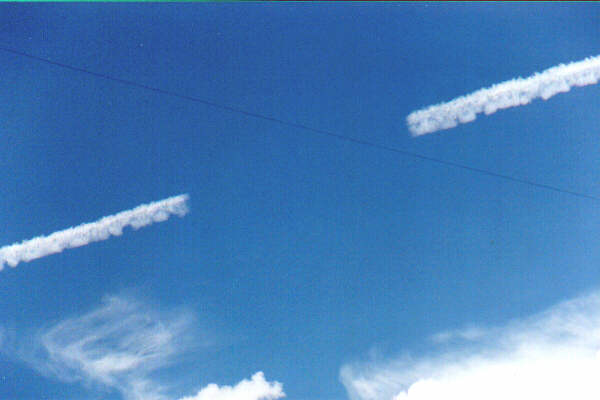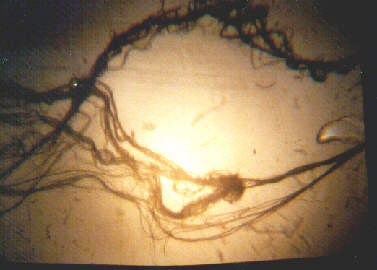
Microscopic views are presented of two filaments taken from a ground fiber sample after aerial spraying in eastern Oregon on November 2nd and November 4th, 1999. Observation and analysis indicate that the samples appear to be a polymer of some type, being both extremely elastic and adhesive, raising the possibility that this material may act as a carrier mechanism. The materials are white, and look like spider webs. The materials, under magnification, show individual strands that are wave-like in nature, and tend to coalesce and congeal easily. Ill health effects have been reported in association with the handling of this material. This material is reported to dissipate within a few hours of falling on the ground, and in being exposed to the weather. The ground fiber sample images are compared to and found not to be spider webs, and to be fully synthetic. Common health effects associated with this spraying include severe respiratory problems, burning eyes, feeling tired, and some people coughing up blood.
